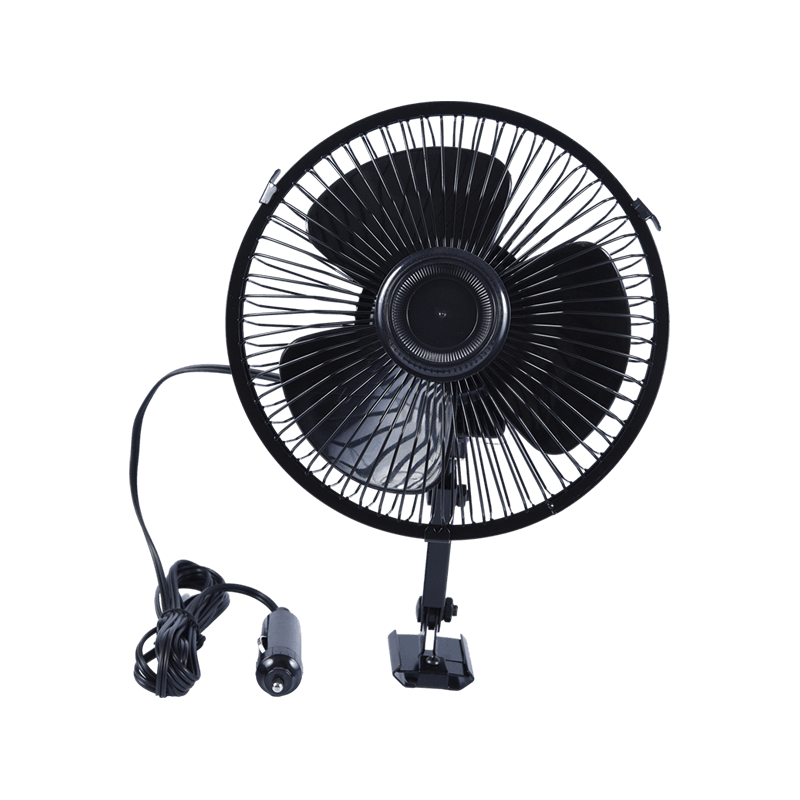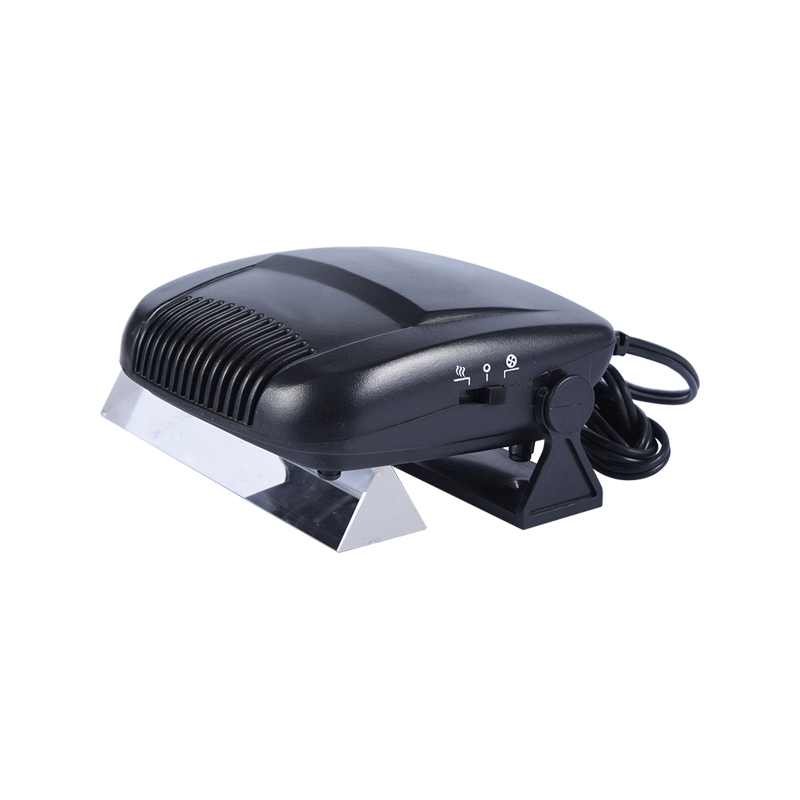As winter sets in, drivers across colder climates face a common frustration: sitting in a freezing car while waiting minutes—or even longer—for the heater to blow warm air. Why does this happen, and is there anything you can do to speed up the process?
The Engine’s Role: Heat Generation Takes Time
Your car heater doesn’t generate warmth independently. Instead, it relies on waste heat from the engine. When you start your car in cold weather, the engine operates at a lower temperature, and coolant (antifreeze) circulating through the engine block needs time to absorb enough heat. Until the coolant reaches approximately 160–200°F (71–93°C), your heater will blow cold or lukewarm air.
Cold weather exacerbates this delay. Engines in sub-freezing temperatures require more time to warm up because:
Thicker engine oil increases internal friction, slowing heat generation.
Thermostat regulation: A closed thermostat restricts coolant flow until the engine reaches optimal temperature.
Increased heat loss: Cold ambient air cools the engine block faster, counteracting early warmth buildup.
Cooling System Design: A Double-Edged Sword
Modern vehicles prioritize fuel efficiency and emissions control, which impacts heater performance. Many engines are smaller and made of lightweight materials like aluminum, which cool faster than older cast-iron engines. While this improves efficiency, it reduces the amount of residual heat available for the cabin.
Additionally, electric vehicles (EVs) and hybrids face unique challenges. Without a combustion engine, EVs rely on energy-intensive electric heaters, which drain battery life. Some models use heat pumps or preconditioning systems to offset this, but cold weather still strains their efficiency.
Common Culprits Prolonging Warm-Up Time
Low Coolant Levels: Insufficient coolant reduces the system’s ability to transfer heat.
Faulty Thermostat: A stuck-open thermostat allows continuous coolant flow, preventing the engine from reaching optimal temperature.
Clogged Heater Core: Mineral deposits or air bubbles in the heater core restrict warm coolant flow.
Weak Water Pump: A failing pump slows coolant circulation.
How to Speed Up Your Car Heater
While you can’t bypass thermodynamics, these strategies can help:
Minimize idling: Gentle driving warms the engine faster than idling, as increased RPMs generate more heat.
Precondition your car: Use a remote starter or garage parking to reduce initial cold soak.
Switch to "Recirculate" mode: Once warm air flows, recirculating cabin air retains heat.
Maintain your cooling system: Regular coolant flushes and thermostat checks ensure peak efficiency.


 English
English Português
Português عربى
عربى 中文简体
中文简体











